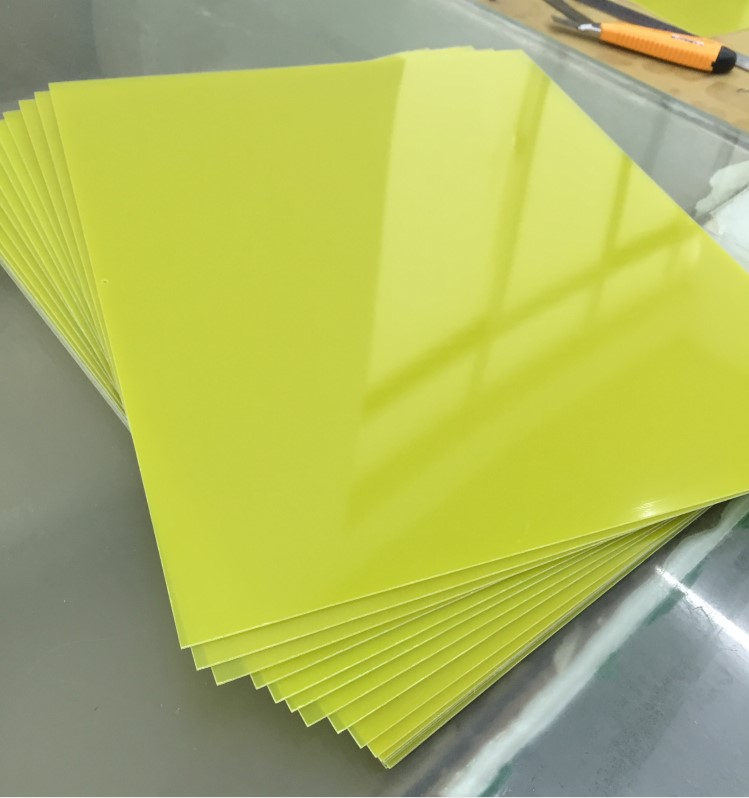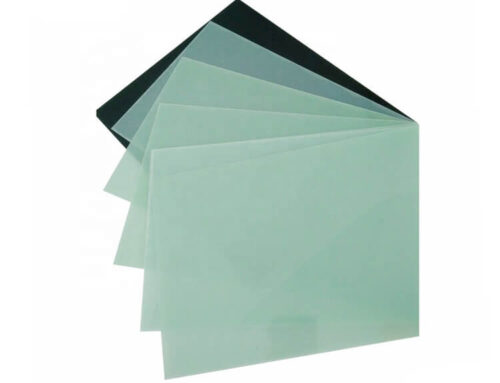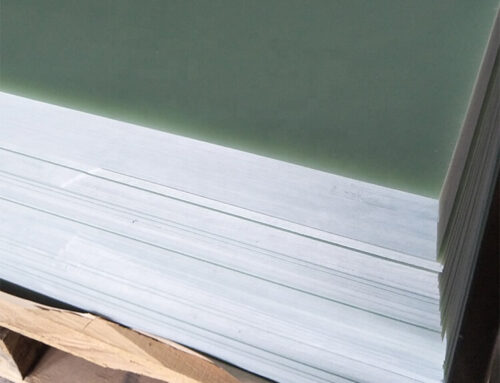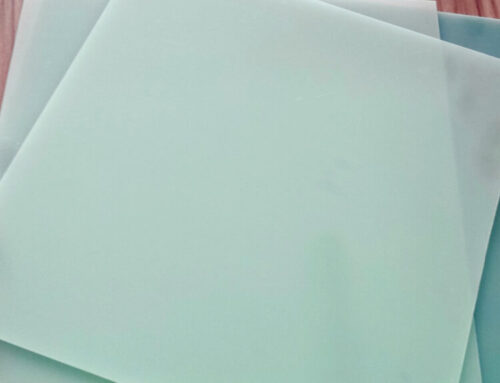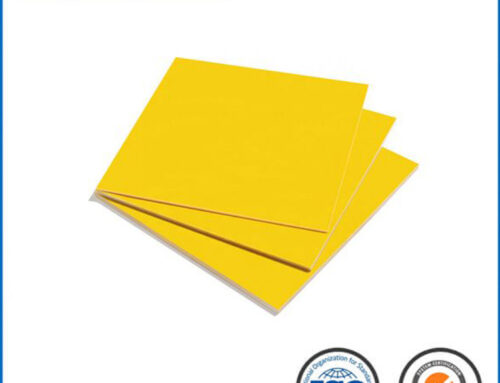FR4 sheets are a type of fiberglass-reinforced epoxy laminate that is widely used in the manufacturing of printed circuit boards (PCBs), insulation panels, and various other electrical applications. These sheets are known for their excellent mechanical and electrical properties, as well as their high resistance to heat, chemicals, and moisture.
However, like any other material, FR4 sheets have specific temperature specifications that must be considered to ensure optimal performance and durability. In this article, we will discuss the temperature specifications of FR4 sheets and how they impact the material’s properties.
FR4 Sheet Temperature Range
FR4 sheets have a wide temperature range, with their performance varying depending on the temperature they are exposed to. The ideal operating temperature for FR4 sheets is between -40°C to 130°C. Within this temperature range, FR4 sheets maintain their mechanical and electrical properties, making them suitable for various electrical applications.
However, at temperatures above 130°C, FR4 sheets may start to experience thermal degradation. The mechanical and electrical properties of the material may start to deteriorate, which can impact the performance and reliability of the product. Therefore, it is important to avoid exposing FR4 sheets to temperatures above their recommended temperature range.
On the other hand, at temperatures below -40°C, FR4 sheets may become brittle and lose their mechanical properties. This can result in cracking or breaking of the material, which can impact the overall performance and durability of the product.
Impact of Temperature on Mechanical Properties
Temperature has a significant impact on the mechanical properties of FR4 sheets. At high temperatures, the material may start to soften or deform, which can impact its strength and stiffness. Additionally, thermal expansion can cause the material to expand or contract, which can impact the dimensional stability of the product.
Conversely, at low temperatures, FR4 sheets may become brittle and lose their strength, which can result in cracking or breaking of the material. This can be particularly problematic for products that are exposed to cyclic loading, such as printed circuit boards.
Impact of Temperature on Electrical Properties
Temperature also has a significant impact on the electrical properties of FR4 sheets. At high temperatures, the material’s dielectric constant and loss tangent may increase, which can impact the signal integrity of the product. Additionally, thermal expansion can cause changes in the distance between conductive elements, which can impact the impedance and capacitance of the circuit.
At low temperatures, the dielectric constant and loss tangent may decrease, which can impact the signal integrity of the product. Additionally, the material’s electrical resistance may increase, which can impact the conductivity of the circuit.
FR4 sheets are a highly versatile material that is widely used in the manufacturing of electrical products due to their excellent mechanical and electrical properties. However, to ensure optimal performance and reliability, it is essential to consider their temperature specifications.
FR4 sheets have an ideal operating temperature range of -40°C to 130°C. Exposing the material to temperatures outside this range can impact its mechanical and electrical properties, which can impact the performance and durability of the product.
Therefore, when designing products that utilize FR4 sheets, it is essential to consider the temperature range the product will be exposed to and select a material that is suitable for the application. Additionally, it is important to consider the thermal management of the product to ensure that the temperature remains within the recommended range.

